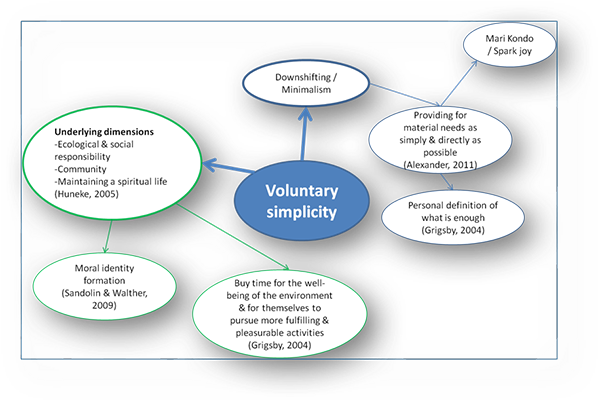Mind mapping, or concept mapping, is a technique of visually depicting relationships between ideas that was popularized by Tony Buzan (www.tonybuzan.com). The main features of this simple method include a key visual or concept placed at the center of the page, and branches that originate from that central figure and spread out into smaller branches, each representing a distinct piece of the core concept. According to Tony Buzan, this visual representation is more compatible with the way the brain works, and is thus very useful for learning and brainstorming.

An additional use of this tool is in laying out the literature review of a proposal, paper, or dissertation. A good literature review typically involves a great number of articles read over a long period of time. During that time, it is easy to forget some of the ideas or details you have read. Most importantly, it can become quite daunting to make sense of the patterns and understand how each piece of information relates to each other. The mind map is an excellent way of breaking down complex ideas into their individual parts, to help you understand the relationships between them.
At a basic level, you can use it as a note-taking tool while you are reading each paper. Visually laying out all the parts of a topic can help you see the broad themes, as the associations and connections between ideas will become clearer. As such, synthesizing all the data will become simpler. Finally, the mind map will also help you when you are writing up the literature review section, as it will give you a good sense of the necessary structure and direct you to the exact papers you need to reference.
This is a technique that can easily be done by hand on a piece of paper, or through the use of software. Some of the available software include cmap tools, prezzi, and even Microsoft Word (drawing tools) or PowerPoint.




